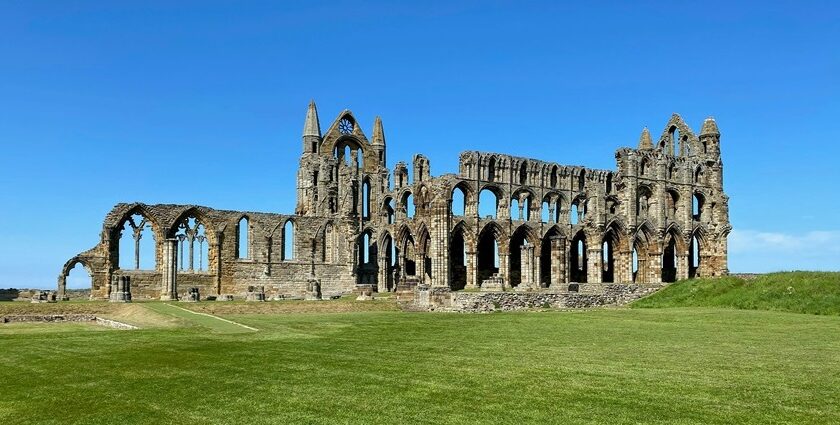Papua New Guinea lies just north of Australia and is made up of islands, mountain regions, and dense rainforest. The historical places in Papua New Guinea reflect moments of war, trade, colonisation, and tribal leadership. Over 800 languages are spoken here, and most communities still live in close connection with their land. Some are found along walking tracks built by soldiers, others are hidden in villages once used as mission bases or coastal defence sites. These places are part of the country’s lived history. They still hold aircraft wrecks, underground tunnels, stone churches, and old war shelters.
Top 10 Historical Places In Papua New Guinea
These historical places in Papua New Guinea include war sites, ancient trails, and mission ruins that still hold meaning in the communities living around them today.
1. Kokoda Track
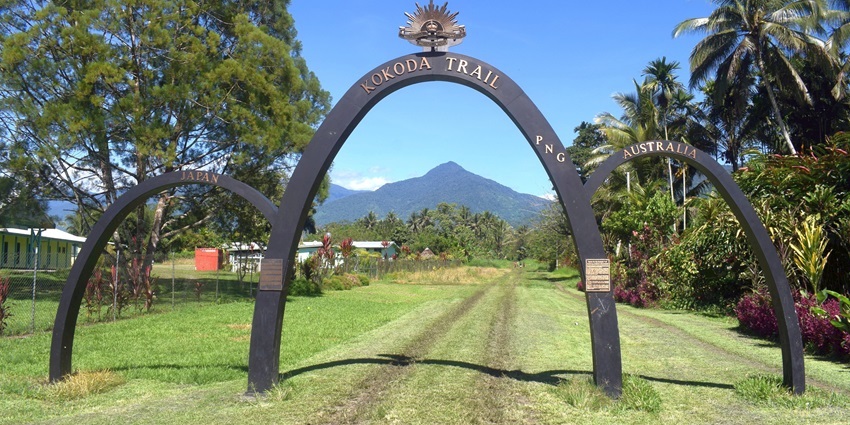
Photo: Jontycrane / Wikimedia Commons
Among the most significant historical places in Papua New Guinea, the Kokoda Track stretches over 96 kilometres through dense jungle and rugged mountain terrain. This trail was the setting for one of the most intense campaigns between Japanese and Allied forces during the Second World War in 1942. It passes through small villages, old supply routes, and battle sites where hundreds of soldiers lost their lives. The track is not just about military history; it also holds cultural value for the local Koiari and Orokaiva people, who acted as guides and carriers during the war.
Timings: 6 AM & 7:30 AM (for trek)
Nearby Attractions: Isurava Memorial, Eora Creek, Owen Stanley Range.
2. Bomana War Cemetery
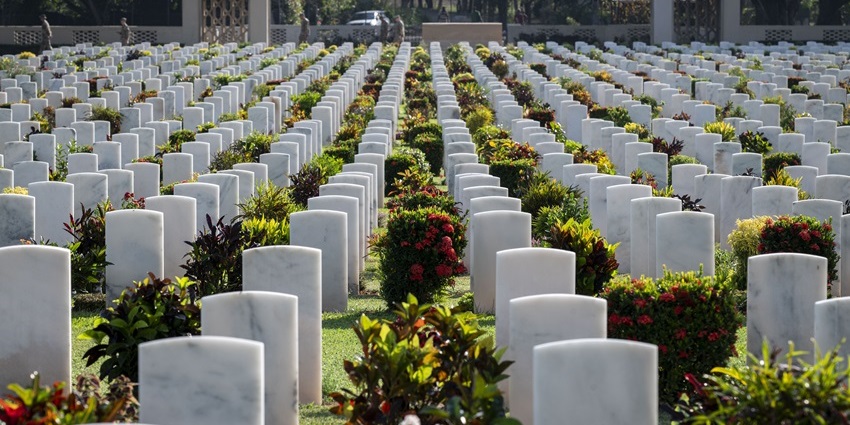
Photo: U.S. Navy photo by Chief Petty Officer Shannon Smith / Wikimedia Commons
Bomana War Cemetery stands in Port Moresby and is the largest burial ground for Commonwealth soldiers in the Pacific. It is one of the key historical places in Papua New Guinea, containing more than 3,800 graves of Australian and Allied troops who died in battles across Papua and New Guinea from 1942 to 1945. The site is set on quiet, open ground, with evenly spaced headstones, clean stone paths, and a peaceful tree-lined setting. Many of those buried here lost their lives along the Kokoda Track and in nearby battles at Gona, Buna, and Sanananda.
Timings: 8 AM – 4:30 PM
Nearby Attractions: National Museum, Parliament House, Ela Beach.
3. Rabaul War Museum
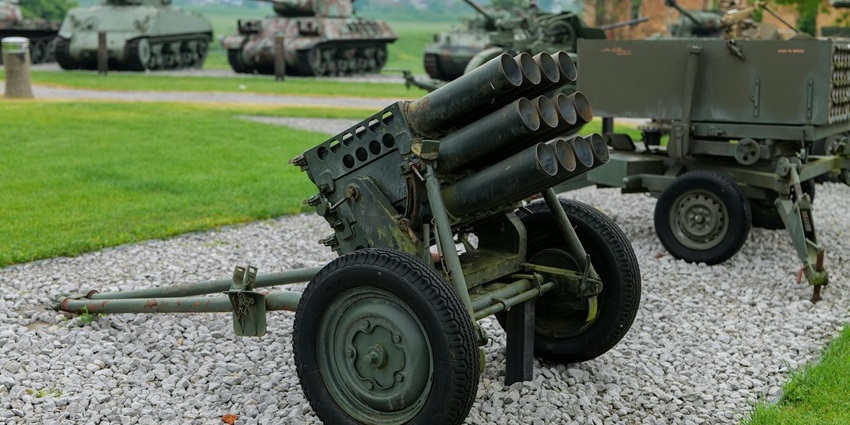
Photo: Vladimir Srajber / Pexels / Image For Representation Only
The Rabaul War Museum is inside a pre-war building once used as a community club in the colonial years. Today, it holds one of the most important collections of wartime artefacts in East New Britain. It is one of the historical places in Papua New Guinea that focuses on the Japanese occupation of Rabaul during the Second World War. The town became a major base for Japanese forces after 1942. The museum holds recovered uniforms, rifles, rusted plane parts, field equipment, and photographs taken during and after the war.
Timings: 9 AM – 4 PM (Monday-Saturday)
Nearby Attractions: Mount Tavurvur, Yamamoto Bunker, Rabaul Volcano Observatory.
4. German Church Ruins
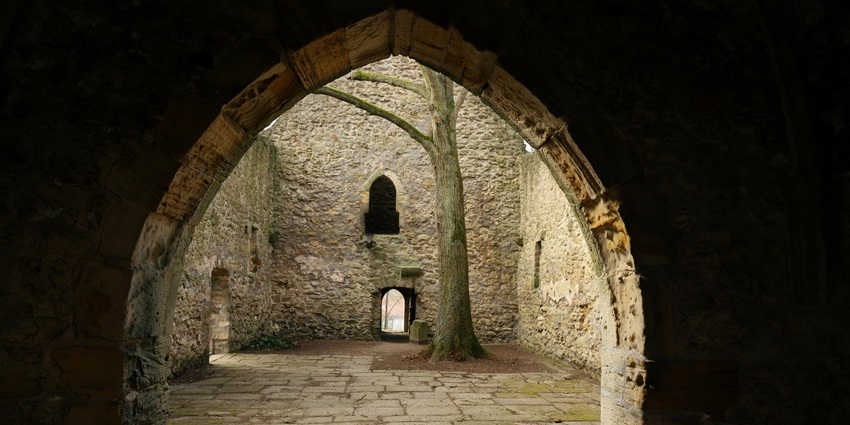
Photo: Christina & Peter / Pexels / Image For Representation Only
The German Church Ruins in Finschhafen are among the earliest missionary structures ever built in the Morobe region. This area was a centre of German Lutheran activity during the colonial period in the late 1800s. The original church, made of stone and timber, was constructed by German missionaries and stood as both a religious centre and a base for expanding mission schools and health services. Though the structure was heavily damaged during the Second World War, parts of the stone foundation and support walls still stand. This makes it one of the few historical places in Papua New Guinea that links both the missionary period and wartime history.
Timings: 8 AM – 5 PM
Nearby Attractions: Sattelberg Mission, Tami Islands, local wartime trails.
5. National Museum And Art Gallery
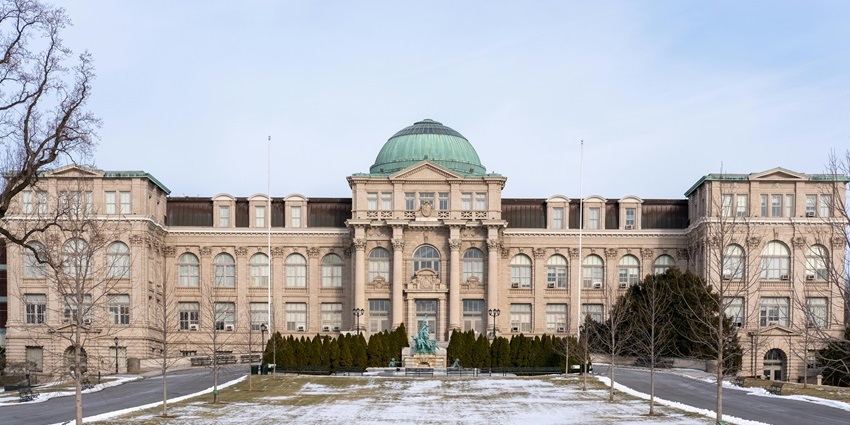
Photo: _ Whittington / Pexels / Image For Representation Only
The National Museum and Art Gallery was established in 1977 in Waigani and holds permanent collections that represent the country’s many provinces and cultures. Inside, there are stone tools, shell ornaments, carved ancestor boards, ritual masks, war shields, and traditional musical instruments. Each display is organised by region, helping visitors understand how diverse the country truly is. A large section is dedicated to the war years, with aircraft parts, photographs, and uniforms from the campaigns fought on Papua New Guinean soil. Another gallery focuses on the colonial period, showing items used by both missionaries and early administrators.
Timings: 8:30 AM – 3:30 PM (Monday-Friday)
Nearby Attractions: Port Moresby Nature Park, Parliament House, Vision City Mall.
6. Tufi Fjords And WWII Relics
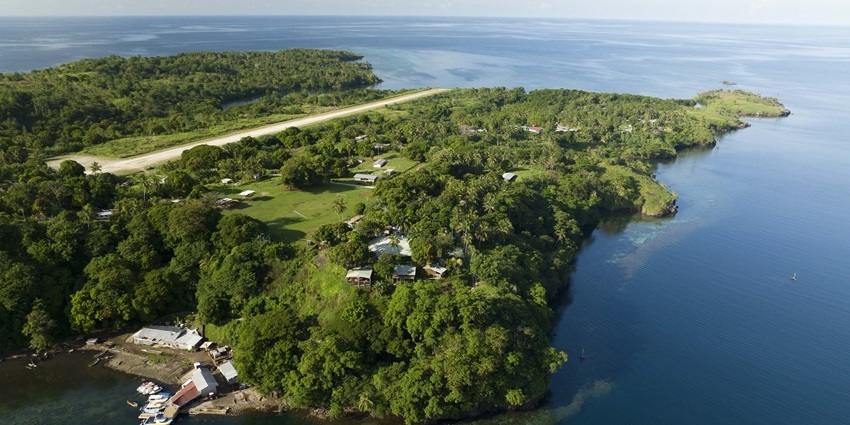
Photo: Larry V. Dumlao / Wikimedia Commons
Tufi sits on the northeast coast of Papua New Guinea and is known for its deep fjords, volcanic headlands, and hidden inlets. It is also one of the most remote historical places in Papua New Guinea, with preserved wartime remains from the Second World War. During the conflict, the Allies built temporary bases in this area, and some of the equipment they left behind is still in place. Along certain paths and coastal tracks, you can see rusted anti-aircraft guns, old fuel drums, and parts of landing barges.
Timings: 9 AM & 2 PM (guided tour)
Nearby Attractions: Fjord boat rides, village stays, diving spots.
7. Madang Coast Watching Station
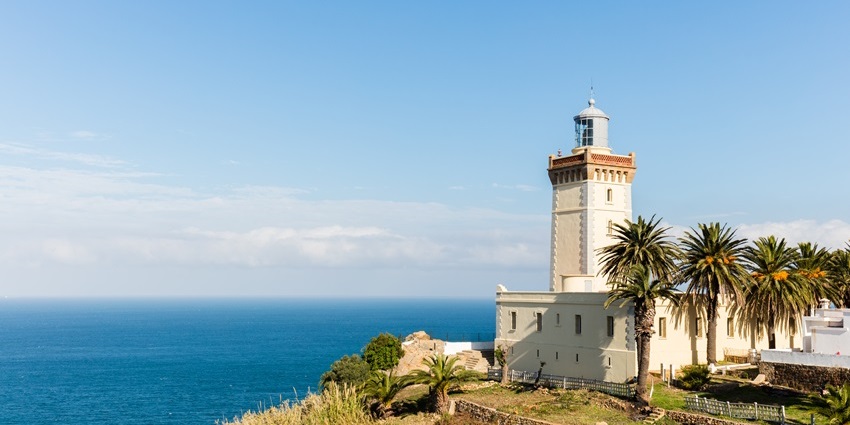
Photo: Diego Delso / Wikimedia Commons / Image For Representation Only
The Madang Coast Watching Station sits on a hill just outside town. It was built during the Second World War so Allied troops could watch for Japanese ships and planes moving through the Bismarck Sea. From this point, messages were sent to alert nearby defence forces along the coast. It was one of several stations in the area, but this one covered a long stretch of water and had a direct view of Madang Harbour. This is one of the historical places in Papua New Guinea that still shows signs of its original use, with the concrete base of the post, rusted scraps of equipment, and shallow trenches still visible.
Timings: 9 AM – 5 PM
Nearby Attractions: Kalibobo Lighthouse, Madang Resort, Balek Wildlife Sanctuary.
8. Japanese Peace Memorial
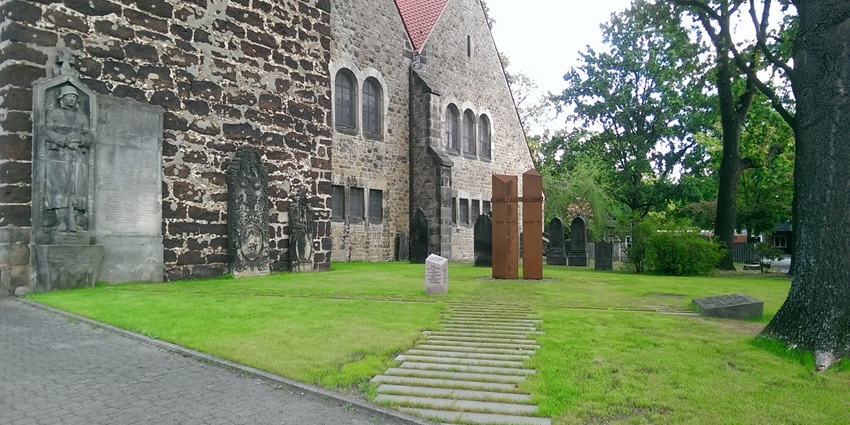
Photo: Geruschke / Wikimedia Commons / Image For Representation Only
The Japanese Peace Memorial stands on a hill outside Wewak and was built in 1970 by the Japanese government. It was made to remember Japanese soldiers who died in Papua New Guinea during the Second World War. The structure is a simple stone monument with engraved plaques in Japanese and English. It is one of the historical places in Papua New Guinea that shows the scale of Japanese involvement in the war across this region. The memorial faces the sea, looking out over the same coastline where Japanese supply ships once arrived.
Timings: 6 AM – 6 PM
Nearby Attractions: Cape Wom Memorial, Mission Hill, Wewak town.
9. Mount Wilhelm
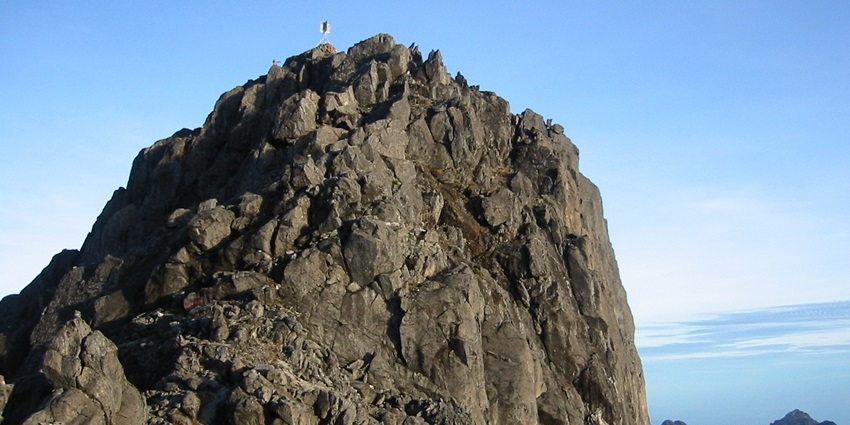
Photo: Nomadtales (talk · contribs) / Wikimedia Commons
Mount Wilhelm is the highest point in Papua New Guinea, rising to 4,509 metres above sea level. It holds cultural and historical importance and is one of the most physically demanding historical places in Papua New Guinea to reach. Local clans from Simbu, Jiwaka, and Madang provinces consider the mountain sacred. During the Second World War, Allied forces used nearby highland trails to move between regions, and wreckage from a U.S. aircraft that crashed in 1944 is still located on the mountain’s southern slope.
Timings: 1 AM – 2 AM (trek for summit climb)
Nearby Attractions: Lake Piunde, Betty’s Lodge, Base Camp shelters.
10. Milne Bay War Relics
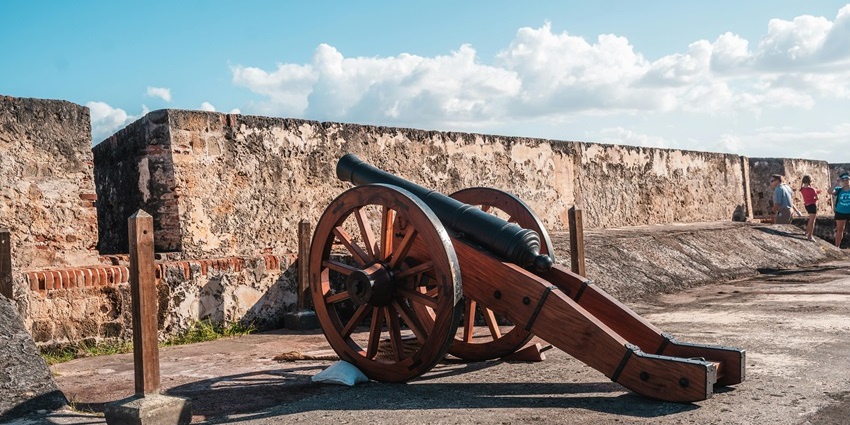
Photo: Chait Goli / Pexels / Image For Representation Only
Milne Bay was the location of a major battle in 1942, where Australian and Allied forces stopped the Japanese advance in Papua New Guinea. It was the first time Japanese troops were defeated on land during the war. Around Alotau and nearby villages, you can still find war remains in the places where they were left. There are rusted anti-aircraft guns, landing barges, airfield ruins, and scattered equipment from both sides. Local guides know the exact sites and explain what took place at each one. Some wrecks are near the shore and visible during snorkelling trips..
Timings: 8 AM & 12 PM (guided tour)
Nearby Attractions: East Cape, Tawali Dive Resort, and local WWII tunnels.
The historical places in Papua New Guinea include battle sites, airfields, bunkers, and stone churches that remain in their original locations. Some are deep in the mountains, others near villages or by the sea. They hold physical evidence from war and early foreign settlement. Visitors can see weapons, buildings, tunnels, and other structures exactly where they were left. Plan your trip with TripXL to visit these places without missing what matters.
Cover Photo: iSAW Company / Pexels / Image For Representation Only


 WhatsApp
WhatsApp
 Twitter
Twitter
